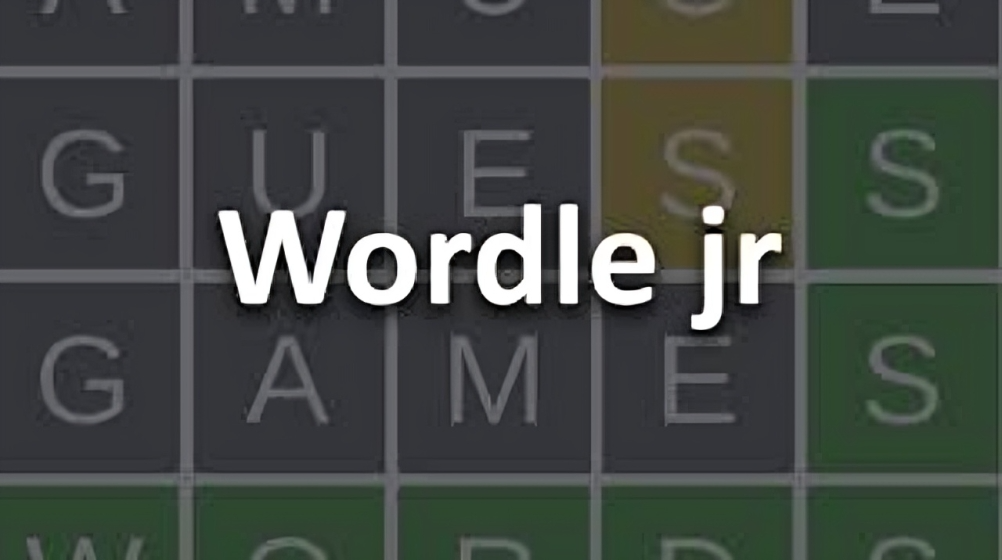Wordle Junior is a delightful spin-off of the popular Wordle game, specifically designed for younger players. It retains the core mechanics of the original game but simplifies them to be more accessible and engaging for kids. This article will explore everything you need to know about Wordle Junior, including how to play, strategies to improve, and tips for making the most of this educational and fun game.
What is Wordle Junior?
Wordle Junior is a variation of the classic word-guessing game Wordle, tailored to suit a younger audience. In Wordle Junior, players are tasked with guessing a hidden five-letter word within a limited number of attempts. The game provides feedback on each guess, indicating which letters are correct and in the right position, and which letters are present but in the wrong position.
The game’s design simplifies some of the complexities of the original Wordle, making it more approachable for kids. The words used in Wordle Junior are generally more familiar and relevant to a younger demographic, ensuring that players are engaged and challenged appropriately.
How to Play Wordle Junior
Playing Wordle Junior involves a few simple steps:
- Start the Game: At the beginning of the game, you are presented with a grid where you will enter your guesses.
- Make a Guess: Enter a five-letter word into the grid. This word should be a real, recognizable word that players might know.
- Receive Feedback: After each guess, the game provides feedback.
- Green: Indicates a letter is correct and in the right position.
- Yellow: Indicates a letter is correct but in the wrong position.
- Gray: Indicates a letter is not in the word at all.
- Adjust Your Guesses: Use the feedback to make more educated guesses. For instance, if a letter turns green, keep it in that position for subsequent guesses. If a letter turns yellow, try placing it in different positions in future guesses.
- Repeat: Continue guessing and receiving feedback until you either guess the word correctly or run out of attempts.
Tips and Strategies for Success
- Start with Common Words: Begin your guesses with common five-letter words that use frequently occurring letters. Words like “apple,” “train,” or “brush” are good starting points.
- Use the Feedback Wisely: Pay close attention to the color-coded feedback. For example, if the letter ‘E’ turns green in the second position, you know that every subsequent guess should have ‘E’ in that spot.
- Avoid Repeating Letters: If a letter has been marked gray, avoid using it in your next guesses. This will help you focus on letters that are more likely to be part of the hidden word.
- Use Word Lists: Familiarize yourself with lists of common five-letter words. These lists can be handy when you’re stuck and need to generate new guesses.
- Think About Word Patterns: Use your knowledge of common word patterns and letter combinations. For instance, if you know that ‘_ _ T _ _’ could be ‘MOTEL’ or ‘POTTY,’ use the feedback to narrow down your options.
- Practice Makes Perfect: The more you play Wordle Junior, the better you’ll get at recognizing patterns and making educated guesses. Regular practice helps you become more efficient at solving puzzles.
Educational Benefits of Wordle Junior
Wordle Junior is not only fun but also educational. Here’s how it can benefit young players:
- Enhances Vocabulary: As players are exposed to new words and their spellings, their vocabulary expands. The game encourages players to learn and remember new words.
- Improves Spelling Skills: By repeatedly spelling words and receiving feedback, players can improve their spelling skills. They learn the correct placement of letters and recognize common letter patterns.
- Boosts Critical Thinking: Wordle Junior requires players to use logic and deductive reasoning. Players must analyze feedback, make connections, and adjust their guesses accordingly.
- Encourages Persistence: The game fosters a sense of perseverance. Players learn to keep trying and adjusting their strategies until they solve the puzzle, which can translate to improved problem-solving skills in other areas.
Fun Variations and Challenges
To keep Wordle Junior exciting and engaging, consider trying these variations and challenges:
- Timed Challenges: Set a timer and see how quickly you can guess the word. This adds a fun element of pressure and competition.
- Themed Word Lists: Create themed word lists based on topics such as animals, food, or sports. This makes the game more interesting and relevant to players’ interests.
- Multiplayer Mode: Play with friends or family members and see who can guess the word correctly first. This can be a fun way to introduce a competitive edge to the game.
- Daily Challenges: Create a routine where you solve a new Wordle Junior puzzle every day. This keeps the game fresh and provides a daily mental workout.
Conclusion
Wordle Junior is a fantastic game that combines fun with educational value. It’s an excellent way for young players to improve their vocabulary, spelling, and critical thinking skills while enjoying a game that’s both engaging and accessible. By following the tips and strategies outlined in this article, players can enhance their performance and make the most out of their Wordle Junior experience. Whether playing solo, with friends, or as part of a classroom activity, Wordle Junior offers a valuable and enjoyable learning opportunity.

